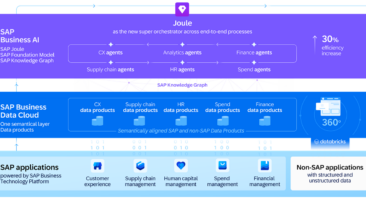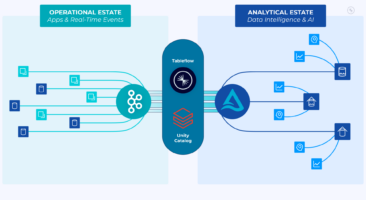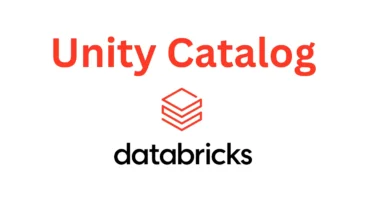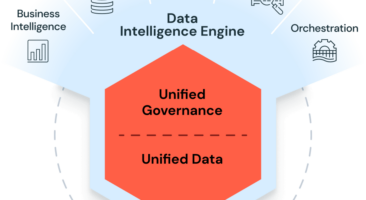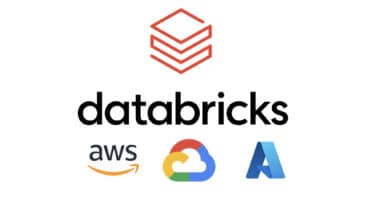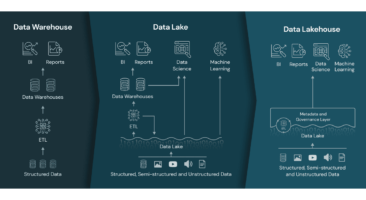Should Your Next Application Use the SaaS Model?
Whether you host an application for your customers or keep it in-house, using the SaaS model is the cloud method that provides customers and owners 24/7 access to the product. A decade ago, businesses hosted their internal applications on their servers, which is efficient for security reasons but inefficient for a tight budget.
The thought of deploying software to the cloud worries some developers because your application is available to anyone, including customers and hackers. While your application will need the right security, the benefits of using the SaaS model are far greater than the number of risks. These risks can be mitigated, and you can add the right security procedures to reduce the amount of risk that you have with SaaS. The GCP cloud security has proven to be the safest bet one can take when it comes to securing their system.
Lower Initial Costs
When you set up and IT budget, much of it will be depleted when you buy servers, security equipment and software licenses. IT costs are a huge part of business startup budgets. You can reduce the costs by using cloud computing. Cloud computing has several different cost models, but most startups go with a “pay as you go” model that lets the business pay for resources it uses. As you get more business, you increase your costs, but the costs scale with your revenue.
The lower cost comes from just leasing equipment instead of buying it outright. You lease server space, routers, software, and the cloud provider maintains it. You can get more hands-on service, in which the host helps you should you have any setup issues, but you can start out with the cheapest hosting and work your way up as you increase business.
Hardware and Software Maintained by the Host
When you host in-house services, you need people to maintain the network, update software, and take care of server issues. Since all of the software and hardware is leased and not onsite, you don’t need the overhead of a large team of IT personnel. You still need at least one IT person to handle day-to-day tasks, but you don’t need the large team that an enterprise-sized business needs.
Hardware usually doesn’t need much maintenance, but it still needs firmware upgrades once or twice a month. Without the right firmware upgrades, the hardware can be a security risk. You don’t have this risk, because the host ensures that hardware firmware is always upgraded.
The host also takes care of software upgrades. Software usually needs more upgrades than hardware. If you have a Windows environment, Microsoft releases updates every Tuesday. After each upgrade is released, the host makes sure that your server is updated with the latest patch. Any software you lease from the host will be maintained. This is a huge benefit to a small business that doesn’t have the resources or the time to constantly watch for new updates.
Integrated Servers with Your Local Environment
You don’t need to manage two separate environments when you work with the cloud. It used to be much more difficult to work with a separate hosted environment with your local one, but now cloud providers have services that integrate directly with your local in-house network.
For instance, your developers don’t need to manually upload code to your servers. The SaaS provider has services that let them connect directly to the production and staging environment. This makes any deployments and upgrades for your SaaS software completely seamless. It’s much more efficient for your developers to connect with the cloud host rather than manually copy and pasting code from a development server.
SaaS Can Handle Large and Small Businesses
When you host in the cloud, you no longer need to worry about the amount of resources installed on your servers. The host has enough resources that you can scale up and down. When your software demands more from the host, just log into your cloud host dashboard and increase CPU power, RAM, and hard drive space. The upgrade is instant, and you no longer need to wait for hardware delivery and installation.
Use a Hybrid Cloud System
If you already have an in-house network, you can use a hybrid system to integrate a SaaS application with your current network. This lets you keep your current configurations and expand them to the cloud without interfering with employee productivity.
If you’re unsure if SaaS is the model for you, your application will run faster and have much better uptime than in-house applications. You can rely on the cloud host to maintain equipment and let IT people deal with more important issues.










